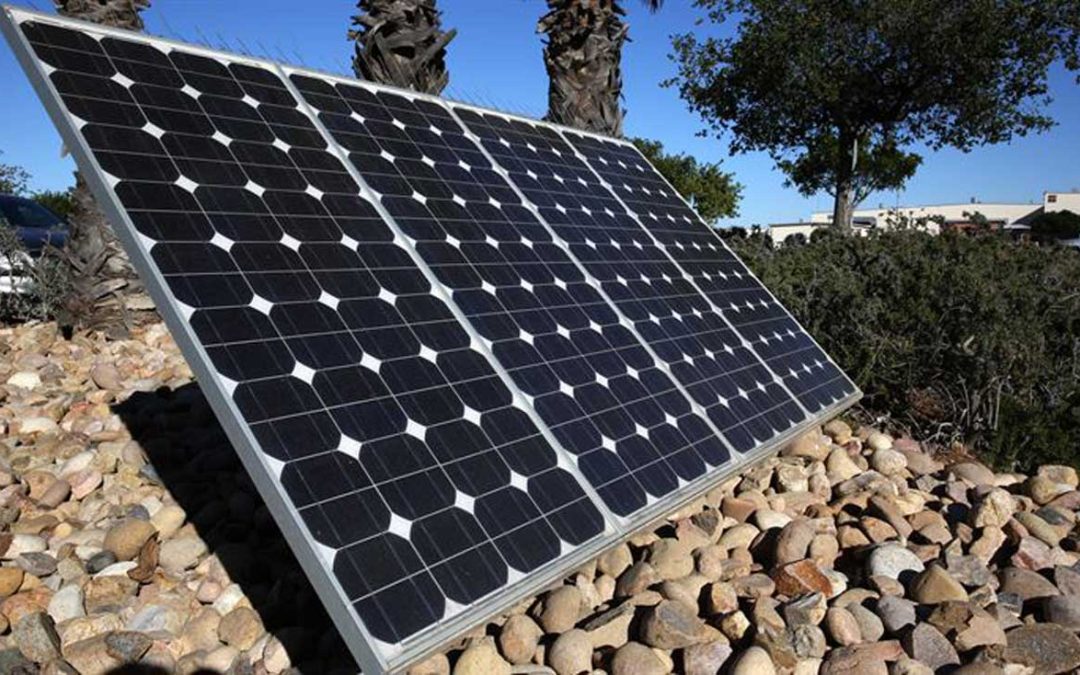Solar energy is a great way for both homeowners and eco-friendly businesses to increase their energy independence. But most solar arrays remain connected to the grid, which means they lose some of their convenience when the grid loses power. This is because solar panels wired through the grid don’t really “store” energy. They work in tandem with the power grid to supply on-demand energy.
Luckily, solar engineers have devised one solution to the grid dependence of a traditional solar system – solar microgrids. A Minnesota solar microgrid offers not only a clean energy source but also energy independence and reliability. Unfortunately, solar microgrids aren’t yet common knowledge, so many Minnesotans don’t even know they’re an alternative energy option. In this post, we’ll clear up some confusion about microgrids – including what they are, what they’re used for, and when you may see microgrids in your own community.
What is a solar microgrid?
A solar microgrid is a solar system that can act like an energy island in the event of a loss of power to the grid. Normal solar energy systems are still connected to the grid to take advantage of things like net metering and to use grid power at night. A solar microgrid or smart microgrid is a set of solar panels that can sense when the grid is losing power and disconnect, thereby retaining the power generated by the solar panels for its own use. This is why it’s known as a microgrid – it’s a small, self-contained grid with the ability to continue powering your home or community during these power outages.
Using Solar Microgrids During Crises
Many communities have begun to set up “community microgrids” to aid their citizens in times of crisis. These are different from a community solar buy-in option from your power company – those programs are designed to help you offset your home’s environmental impact each time you use electricity. In contrast, a community microgrid is used during times when it seems impossible to get desperately needed power. During outages, a community microgrid can serve as a kind of physical “hotspot” where community members can gather to charge their phones and medical devices.
When local businesses and facilities use a microgrid, the community benefits even more. In a natural disaster scenario when the grid has been knocked out, hospitals, emergency response stations, grocery stores, and more all need power to provide goods and services to the community.
These businesses may have relied on generators in the past, but they run on fossil fuels and need a constant source of fuel in a short period of time. Many facilities are turning to a better option in 2019: using an institutional solar microgrid that is always “charged up” and ready to go in the event of a power outage.
The Future of Residential Smart Microgrids in Minnesota
If a solar microgrid sounds appealing to you, you may be wondering when you should expect to see some popping up in your neighborhood. We look forward to a future when solar power is conveniently accessible to everyone in the neighborhood in times of need. In the meantime, there are always steps you can take today to decrease your family’s dependence on fossil fuels.
The best way to benefit from sustainable energy right now is to have your own residential solar array installed. There are many solar system companies in Minnesota, so make sure the company you choose has the expertise needed to create an adequate solar array for your home. Our team at Cedar Creek Energy can help you create the perfect energy solution for your home; we take into account the results of your free solar energy audit to ensure your system will produce the energy you need to power your home.
If you’re looking for more information on residential solar energy systems and microgrids, contact us here or by calling (763) 432-5261.
Additional Service Areas:

